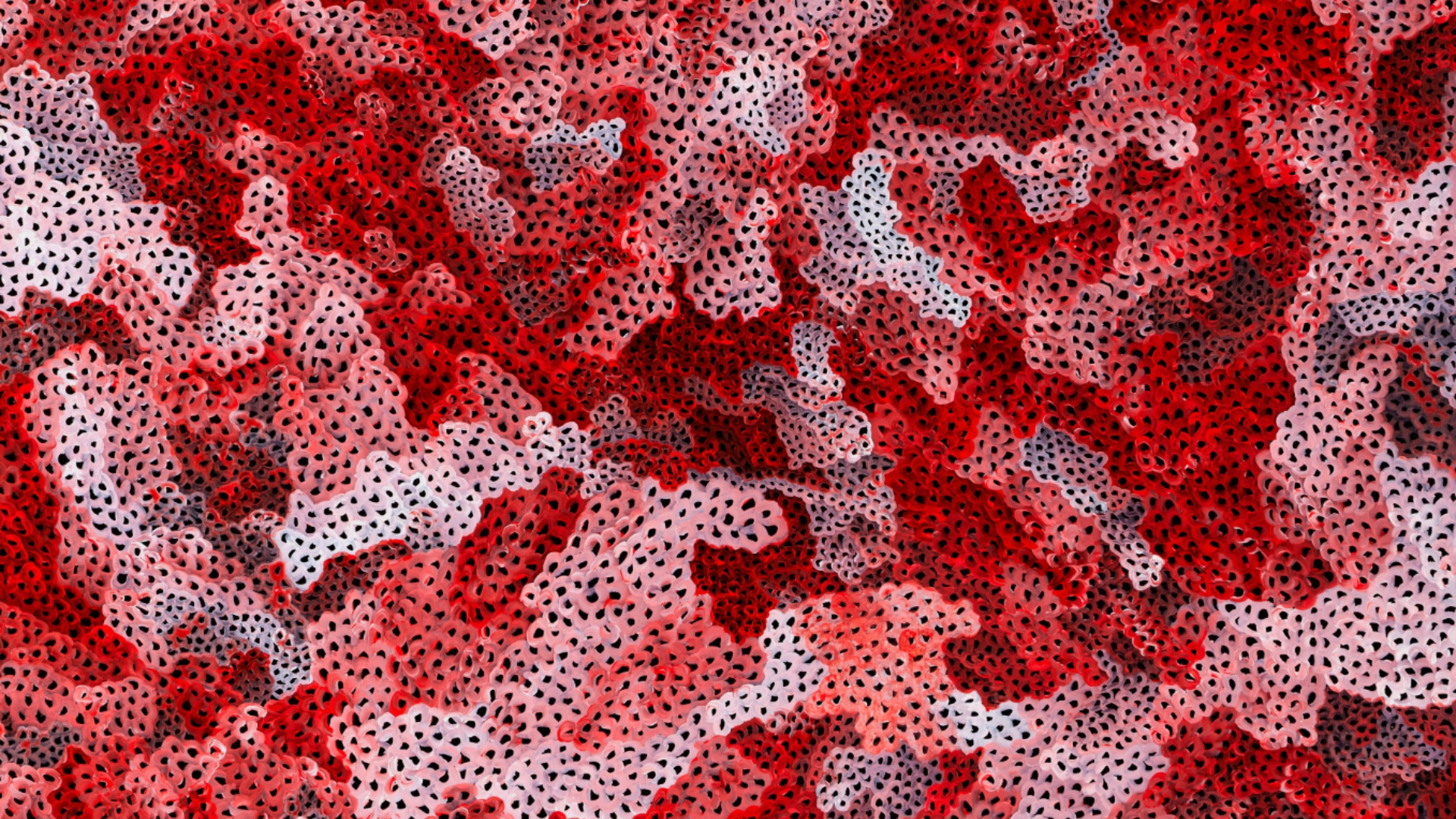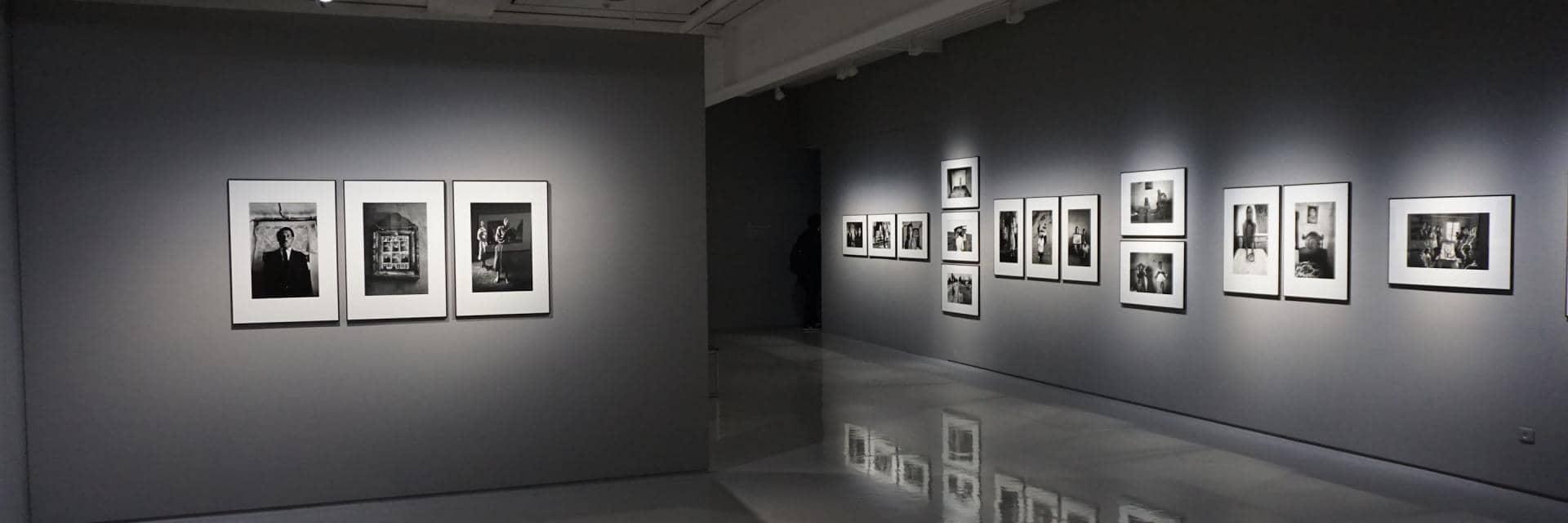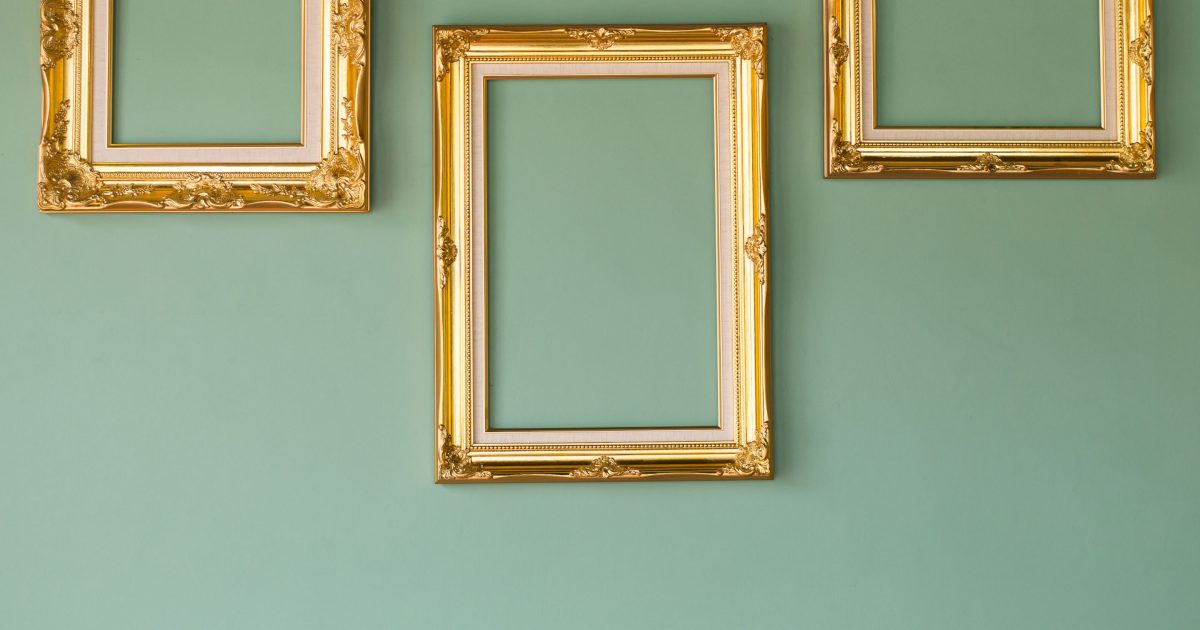Beyond the Frame: Art as a Profitable Asset Class

In the investment world, art has increasingly made its mark, moving beyond the confines of museums and galleries into the portfolios of savvy investors. While the intrinsic emotional and aesthetic value of art is undeniable, its financial potential is equally compelling, offering an alternative avenue for wealth creation and preservation. Today, we delve beyond the canvas and explore the journey of art as a profitable asset class.

Art: An Appreciating Asset
The financial viability of art lies not just in its immediate price tag but in its potential to appreciate over time. According to a report by Knight Frank, the value of art as an asset class witnessed an increase of 9% in 2018 according to Barclays. Surprisingly, more was being spent on art than investment-grade wine during that period.
This trend is not a one-off occurrence but rather a testament to the enduring value of art. Consider the financial crisis of 2009, which saw trading levels in financial markets depress to figures not seen since the late-1990s. The same year, global sales at auction for masterpieces reached a staggering US$625 million. While this figure was a drop from previous years, the art market's recovery was significantly faster than that of financial markets. Between 2007 and 2017, returns on art grew by an impressive 78%, underscoring its resilience and value retention.
Tangible Wealth with Intangible Value
Art is a unique blend of tangible asset and intangible value. Each artwork is a unique manifestation of human creativity and cultural expression. Its tangibility lies in its physical existence and the ability to be bought, sold, or held as a part of a collection. But how does one put a price on something so intangible?
Art pricing is not an exact science but rather a delicate balancing act of various parameters. These include the artist's reputation, the number of pieces the artist has created, production costs of the artwork, and the general willingness of buyers to pay a certain price. This complex interplay of factors ensures that the value of art is not purely tied to its physicality but also to its perceived cultural, aesthetic, and emotional worth.
Investing in Art: More Than Just Aesthetics
Art offers more than just visual pleasure; it provides a robust investment avenue. Recent years have seen record high valuations for traditional assets, providing the means and the motivation for more individuals to look at the art market. This surge in interest is one of the factors driving art prices higher (Morgan Stanley Wealth Management).
Art serves as a unique tool for portfolio diversification. Research indicates that fine art can function as a risk-reducing element in a portfolio because of its low correlation to equities or bonds. Moreover, being a real asset, it provides a hedge against inflation (Barclays).
Institutions like Barclays Private Bank offer clients the ability to leverage their securities-backed lending capabilities to purchase art. This means clients can secure loans against their assets under management (cash or investments) to buy their chosen masterpieces without releasing equity from their assets. This financial maneuver allows the client to purchase masterpieces without interrupting the performance of their longer-term investments (Barclays).

Financial Flexibility with Art
Art does more than just hang on a wall; it provides an avenue for financial flexibility and can serve a larger wealth plan. When managed effectively, art can create a lasting legacy, turning a private collection into a powerful financial asset (J.P Morgan Private Bank).
As a private art collection develops, owners often establish intervening legal entities to hold title to their artwork. This strategy gives a consolidated view of the collection and allows centralized art collection management. It also ensures that only one country's laws may apply to the collection, which can be beneficial from a legal and tax perspective.
Depending on the country, the type of legal entities employed for art ownership offer various benefits. In civil law countries like France and Mexico, collectors often use corporations or foundations to invest in artwork. This approach to art collection management includes assistance in organizing, insuring, and caring for a collection, as well as potential cross-border advantages such as protection from taxes outside your home country.
In common law countries like the United States, the preferred legal entities for art ownership are typically trusts or limited liability companies (LLCs). These entities can also assist in organizing and transferring a collection, with additional benefits including privacy and protection against personal liability. Many U.S. owners use these structures to keep the size, nature, value, or extent of their holdings private, as art ownership is not typically part of the public records.
In summary, art is not just an expression of creativity and culture but also a tangible asset that appreciates over time and provides financial flexibility. As an investment, art offers unique benefits, including risk reduction, inflation hedging, and portfolio diversification. In the evolving landscape of wealth management, art's place as an asset class is undeniable and increasingly significant.
Whether it's a painting that captures a historical moment, a sculpture that challenges our perception, or a digital artwork that pushes the boundaries of technology, art holds a mirror to our society while also offering a window into potential financial growth. As more investors step beyond the frame and into the world of art investment, the narrative of art as a profitable asset class continues to unfold, adding vibrant colors to the canvas of wealth creation.
Sources:


-1200x628.jpg)









